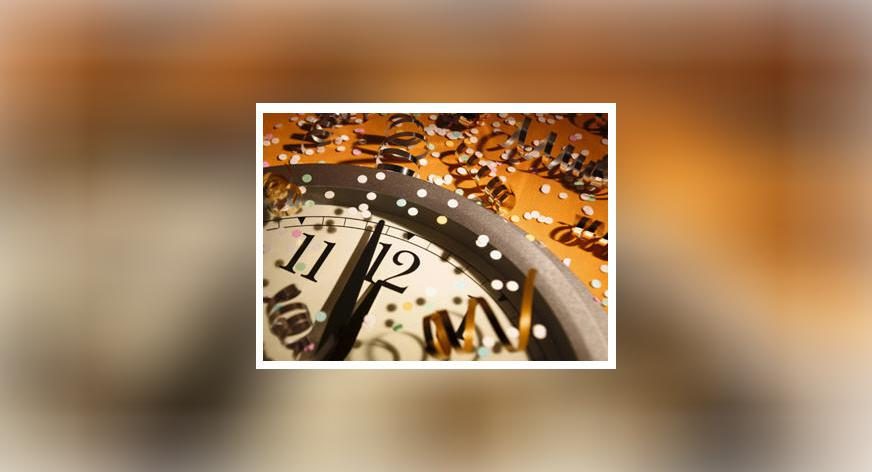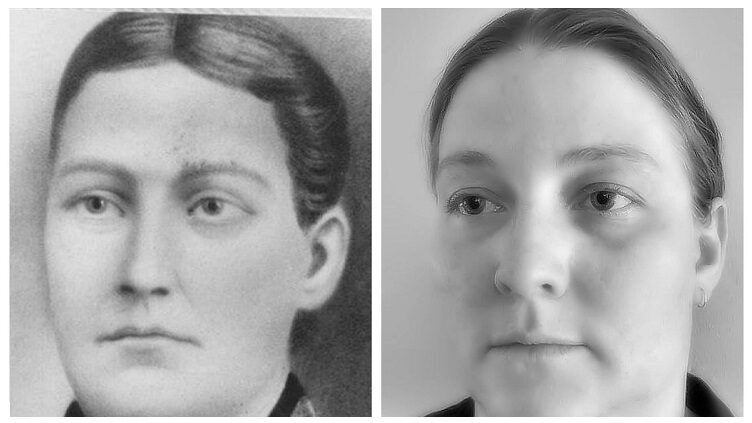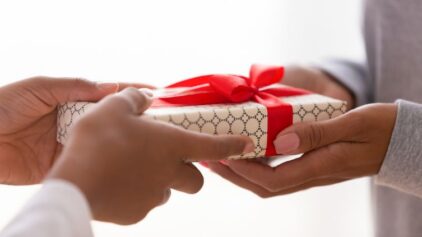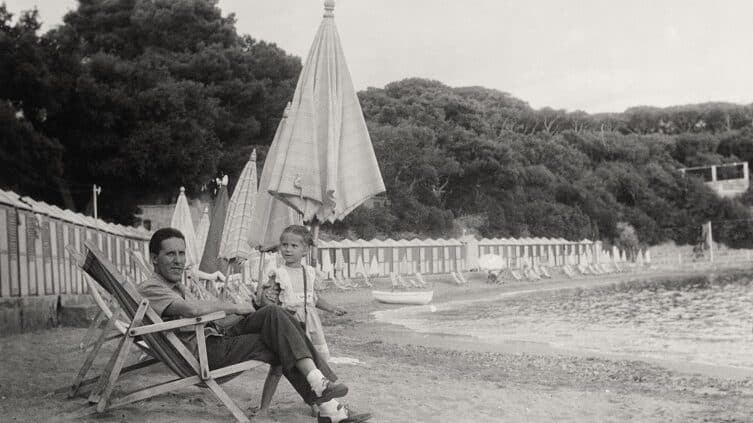

In most cultures, the New Year is traditionally the time for hope. We look forward to a New Year which will be prosperous, that we will enjoy health, peace and other positive attributes.
And, of course, there are countries where the New Year is not celebrated on January 1, but in spring or fall.
Regardless of where or when, let’s look at some customs surrounding the New Year.
Auld Lang Syne – written by Scottish poet Robert Burns – is the New Year’s Eve song In English-speaking countries. Read the history of the song here.
Saint Sylvester’s Eve: New Year’s Eve is known as Saint Sylvester’s Eve in many countries. According to legend, Pope Sylvester I captured a dragon who would escape on the first day of 1000, destroy the land and people and set fire to the heavens. However, on New Year’s Day, when the world was unchanged, the people rejoiced and, from then on, it was called St. Sylvester’s Eve.
Noise making: Dating from ancient times, the making of loud noises (bells, whistles, trumpets, mortars, guns and more) was supposed to drive out the old year’s bad spirits and bring good luck. Fireworks – invented by the Chinese – seem to be in the same tradition and are an essential part of many celebrations worldwide.
House cleaning: Thorough cleaning of homes is an ancient ritual, likely dating from when the New Year was celebrated in the spring. That’s when the custom called “spring cleaning” originated.
Bonfires: The fires chase away evil spirits of the old year and welcome the new one. In some places, a straw figure – representing the old year – is burned in the fire.
Resolutions: The Babylonians were perhaps the first to make New Year’s resolutions, while some people believed the first day of the New Year should be spent thinking about past mistakes and how to improve.
Strange customs: Read about some really strange customs here. Among them: wearing colored underwear (red for love, yellow for money) in some places in South America; in the Philippines, they wear polka dot clothing, and eat round fruit for prosperity;
And here’s some info on specific countries:
ARMENIA: Groups of children went around their village, greeting the year by singing to the villagers, and received fruit as presents. Families exchanged presents, although husbands never gave presents to their wives, which was considered a scandal. Traditional foods include dried fruits, raisins, nuts, along with pastries and cakes. The most important pastry was a flat bread with a coin baked into it. Whomever gets the piece with the coin is the lucky person for the year.
AUSTRIA: New Year’s Eve is Sylvesterabend (Eve of Saint Sylvester). At midnight, trumpets are blown from church towers, and there are fireworks. Food traditions include sucking pig and carp, both good luck symbols, along with green peppermint ice cream, jelly donuts, chocolate and marzipan candy in special shapes. To predict the future, molten lead is poured into a bucket of water and fortune tellers “read” the shapes.
BRAZIL: Lentils – a symbol of wealth – are served as soup or with rice on New Year’s Day.
BRITAIN: In addition to public celebrations in London and other cities, “first footing” is a tradition. The first male visitor to a house after midnight is supposed to bring good luck. He is supposed to bring a gift (money, bread, coal or salt) so the family will have all it needs during the year. The visitor should be male, dark-haired, young, healthy and handsome.
DENMARK: Broken dishes are good luck. Finding a pile outside your door on New Year’s Day is a good thing. People save the pieces all year to put at friends’ doors. It’s a custom to eat cod, kale and pork.
GREECE:New Year’s Day is the Festival of St. Basil, a Greek Orthodox Church founder. A traditional food is Vassilopitta (St Basil’s cake) baked with a silver or gold coin inside. Whomever gets the piece with the coin will be lucky.
JAPAN: The New Year is the most important holiday, and a symbol of renewal. People forgive grudges, and major house cleaning takes place. At midnight, Buddhist temples strike gongs 108 times to rid the same number of human weaknesses, while children receive small gifts with money.
NETHERLANDS: People burn their Christmas trees in street bonfires. Wearing bathing suits and orange hats, they jump into the sea
PORTUGAL – SPAIN – MEXICO: People eat 12 grapes from a bunch as the clock strikes midnight on New Year’s Eve, to guarantee 12 happy months.
SCOTLAND: New Year’s Eve is called Hogomanay (Night of the Candle). Traditional foods include triangle-shaped biscuits, cheese, shortbread, oatcake, currant loaf, scones and the famous haggis and black buns. Burning juniper branches are carried through a home to remove lurking germs. Scotland’s traditions include the first-footer custom, described above. Bonfires may be lit and straw figures burned. On New Year’s Day, children make the rounds of neighbors’ homes, before noon, singing songs and receiving coins or sweets.
SWITZERLAND: Good luck comes, people believe, from letting a drop of cream land on the floor on New Year’s Day, to bring a year of overflowing abundance.
USA: People gather on New Year’s Eve in public places – like New York City’s famed Times Square – to watch the ball drop at midnight. As the ball falls, everyone blows whistles and noisemakers. In the South, black-eyed peas and rice are eaten for luck – brought by the early Sephardic Jewish settlers to 1730s Georgia, who eat black-eyed peas during the Jewish New Year (Rosh Hashanah). Today the dish is eaten all over the south by all people. New Year’s Day is also a day for watching football, at home or in stadiums. In New York City, there’s the New Year’s Day Polar Bear Club Coney Island swim, which has also become popular in other cities.
SOUTH AMERICA: In some countries, people create a scarecrow figure, stuffed with old newspapers and firecrackers, which is placed outside a home. At midnight, the family lights the scarecrow and the firecrackers go off.
PUERTO RICO: Children throw pails of water out windows at midnight, believing it takes away evil spirits from the house.
BOLIVIA: Families create little wood or straw dolls for good luck and hang them outside their homes.
What are your favorite New Year’s customs?
Let us know via comments below, Twitter and Facebook.










